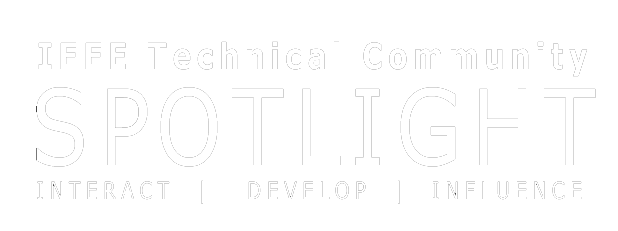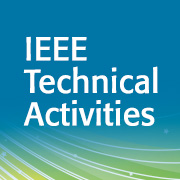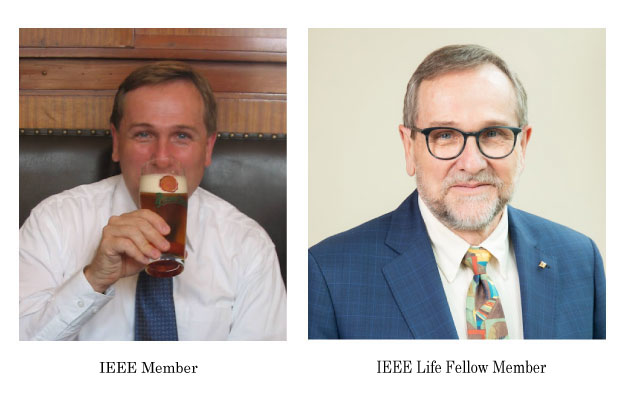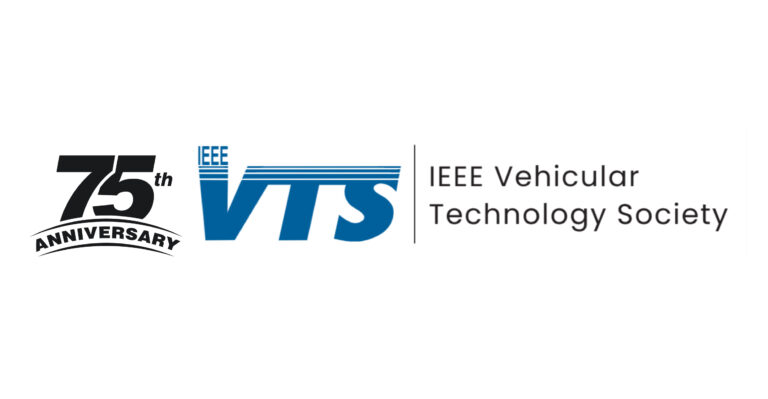 Advancing Technology for Humanity. “IEEE’s tagline means completeness. The idea is that advancement of technology should be inclusive – benefiting all and not only a few,” says Kartik Kulkarni, former chair of the IEEE Special Interest Group on Humanitarian Technology (SIGHT) program and current IEEE and IEEE Computer Society member. We spoke with Kulkarni to learn more about how IEEE members work with communities to implement technology and how IEEE SIGHT supports the accessibility of technology in lesser served communities.
Advancing Technology for Humanity. “IEEE’s tagline means completeness. The idea is that advancement of technology should be inclusive – benefiting all and not only a few,” says Kartik Kulkarni, former chair of the IEEE Special Interest Group on Humanitarian Technology (SIGHT) program and current IEEE and IEEE Computer Society member. We spoke with Kulkarni to learn more about how IEEE members work with communities to implement technology and how IEEE SIGHT supports the accessibility of technology in lesser served communities.
Why did you become involved with SIGHT?
I believe that IEEE is undergoing a renaissance in that, across the organization, there is an increasing desire to contribute to global development efforts leveraging technology expertise. From the Board of Directors to the organizational units working at the local levels including the Sections, Student Branches, Affinity Groups, Societies, Society Chapters, several Boards and the Corporate Activities, all the stakeholders are working in ways in which their strengths can be leveraged.
We needed an organization within IEEE to harness this movement, organize it and help develop synergy. Thus, SIGHT was born and I was fortunate to have the opportunity to lead this important effort.
How can technology serve lesser served communities?
Serving lesser served communities typically needs contextualizing existing technology solutions that have been already developed in other parts of the world and, in some cases, need a re-engineering for affordability. The non-penetration of the already developed technologies in the lesser served areas, from my experience, is mostly due to the lack of tailored deployment, awareness, attention from the government, and economic profitability prospects. This is why local leadership championing technology solutions for local problems becomes very important. Having deep understanding of the socio-economic context of a community in addition to technology know how and access to local network makes a tech-for-development champion a valuable catalyst.
What should be the first step engineers take when considering a humanitarian project? Should they consult with local organizations, investigate funding opportunities, or something else? Join the discussion on IEEE CollabratecTM.
IEEE Collabratec sign up is free using your IEEE Account.
While engineering for affordability may appear to be the holy grail for making technology affordable to the underserved communities, often it is the deployment model customized for solving a local problem that holds the key. As an example, deployment of Any Time Water – water vending kiosks – has been an instrumental model in delivering clean water to many communities in India; though this model’s underpinning Reverse Osmosis technology which has seen significant re-engineering for affordability, it is the deployment and delivery model that is moving the needle.
What has been your favorite/most memorable experience with SIGHT?
It has been an amazing experience of bootstrapping the idea of a globally local organization of engineers working on solving local problems by partnering with the communities and leveraging tech solutions, and making it a reality. Today, SIGHT is successful in tapping into the IEEE’s huge network of engineers to create such an organization, although there is still a big scope of penetrating wider. Today, close to 100 SIGHTs in 36 countries and six Societies are working in the areas such as off-grid power, connectivity, water, sanitation, and education, and are collectively helping close to 20,000 people.
This experience is memorable because of the attempt to cultivate a culture that focuses on going beyond just having good intentions to taking actions that have a tangible impact in the local communities, and that orients the participants to think about the sustainability of the impact – both operationally and financially. This culture is being inculcated into the organization using various ways such as having structured requirements, aligning the project funding criteria, and engaging the participants in relevant events.
What are some of the SIGHT projects that excite you the most – what technologies are being used/implemented in these projects?
Projects that have excited me are the ones that have all the 3 important ingredients – socio-econo-techno. As an example, IEEE Smart Village (ISV) initiative, which has inspired many of the SIGHT groups’ work, takes a mature approach to creating a sustainable impact. On one hand, local entrepreneurs such as Likonge from Zambia, who was connected via a SIGHT supported workshop, identify the local community in need, in her case it is the reliable lighting in Zambian rural communities, and on the other hand ISV champions including Ray Larsen, Robin Podmore, and Nirupama Prakash Kumar among others vet her business plan and bring technology expertise in designing sustainable microgrids. Further, a seed fund, supported by the IEEE Foundation and other Societies, is provided to help deploy an off-grid solution that both provides the solution and generates revenue to sustain itself.
In another classic SIGHT initiative, our BRAC University SIGHT in Dhaka convened a multi-stakeholder effort to solve one of the most visible local problems – manual rickshaw-taxi haulers struggling to pull the non-motorized vehicles. A completely off-grid solution, supported by the local Government, transport authority, and a development agency with World Bank backing, is being developed. There are many such stories in IEEE, in Smart Village, SIGHT, and other OUs, in which all the 3 ingredients – socio-econo-tehcno – come together to solve a local problem sustainably.
Why are these humanitarian efforts important to IEEE?
While IEEE has defined its purpose to advance technology for humanity, in spite of major advancements in technology in the last several decades, there is a significant chunk of population which does not have reliable access to some of the basic technology benefits that many of us take for granted – such as electric power, mobility, internet connectivity and many others. So it is important that IEEE dedicates efforts and resources that support the accessibility and adoption of technology in addition to advancement.
I’ve heard that SIGHT can be a useful tool for the recruitment and retention of Young Professionals and Students in IEEE. What are your thoughts on this?
Young Professionals need meaningful engagement opportunities in IEEE beyond just access to professional and technical resources. SIGHT provides a very fulfilling experience which directly harnesses their skills in helping their local communities; it inculcates community leadership, develops a purpose-driven network, and orients them towards creating a sustainable social impact. Many modern employers and schools appreciate and give credit to such experience. It is hard to quit IEEE after feeling the joy of watching your work create an impact outside of the office cubicle.
Is there anything else you would like to add?
In the next few years it is very important to continue to move away from one-off, short term events and activities towards small but long-term local projects and try replicating them in areas with similar context. I see SIGHT proactively recognizing projects that have worked and not worked and replicating a few selected efforts emerging from the grassroots level.
This direction, in which where our IEEE Societies bring in the best technical expertise and where our feet-on-the ground volunteers bring in their local expertise, of incubating “Communities of Practice” that are also aligned with the UN’s Sustainable Development Goals, will make SIGHT (and IEEE) a relevant contributor to the global, mainstream development sector.
For more information on IEEE SIGHT, visit sight.ieee.org.





